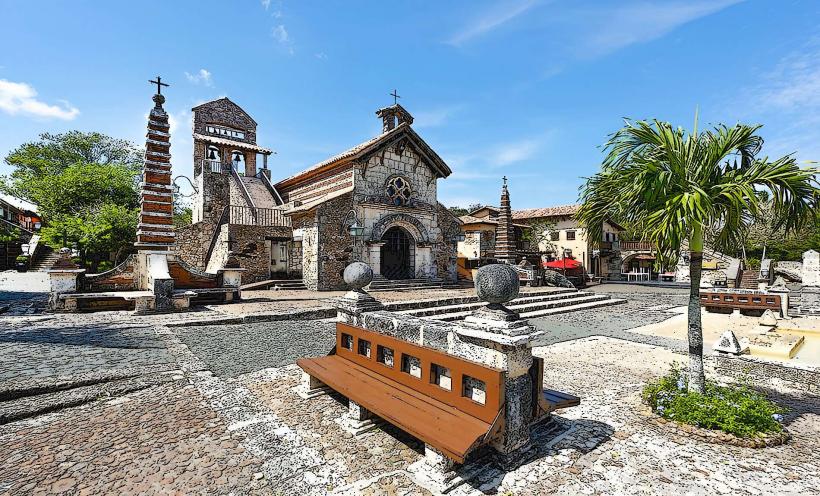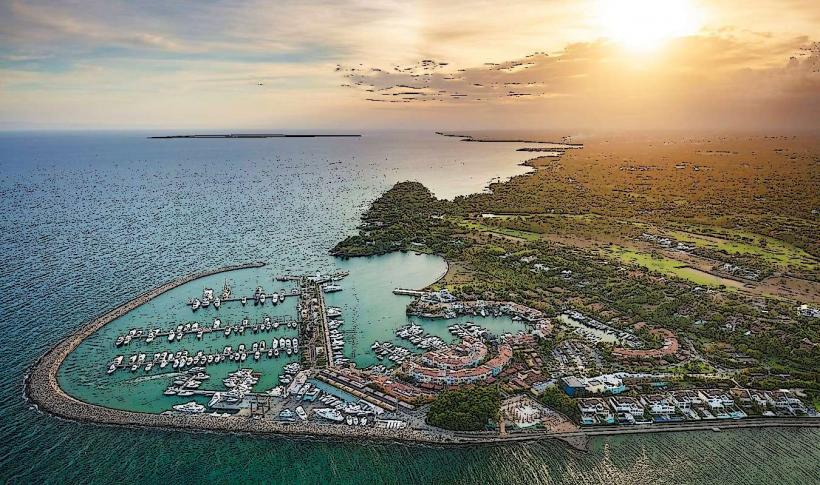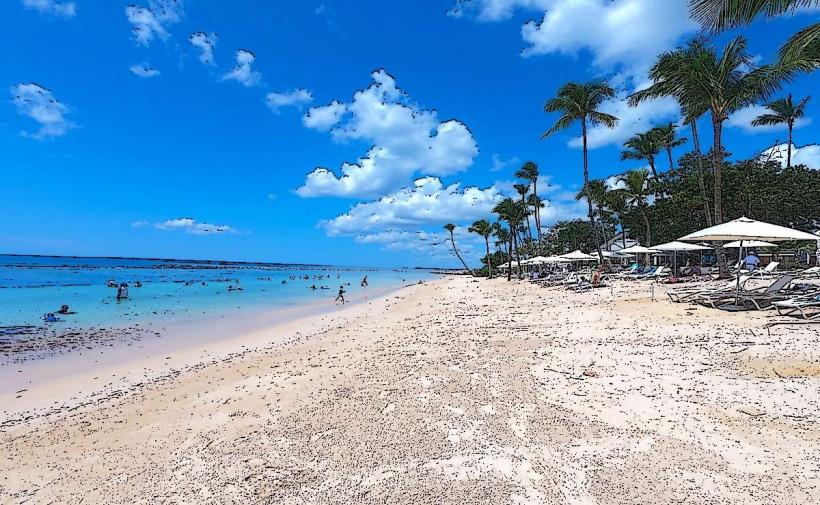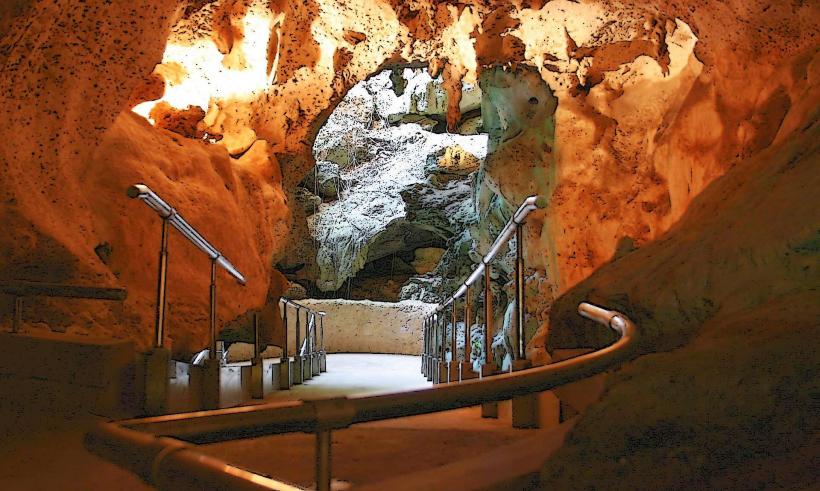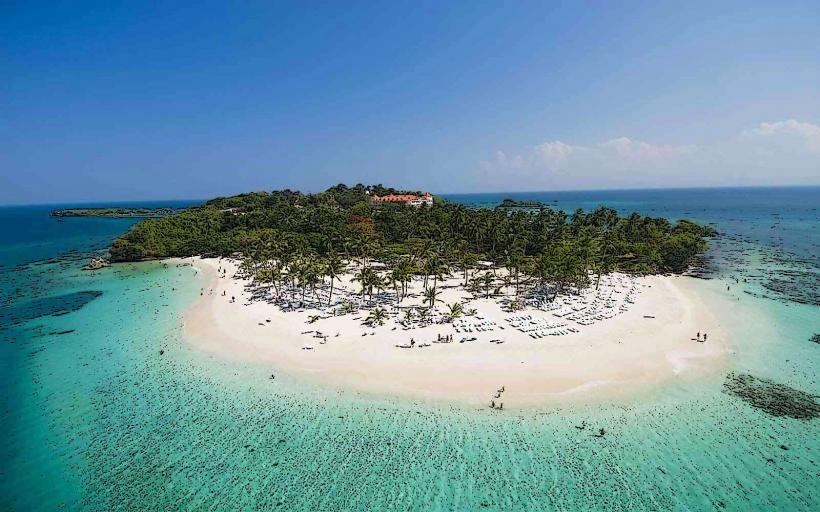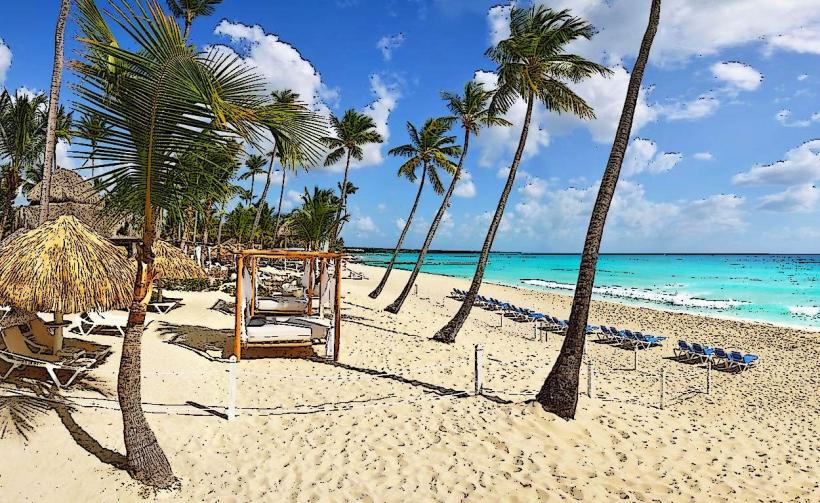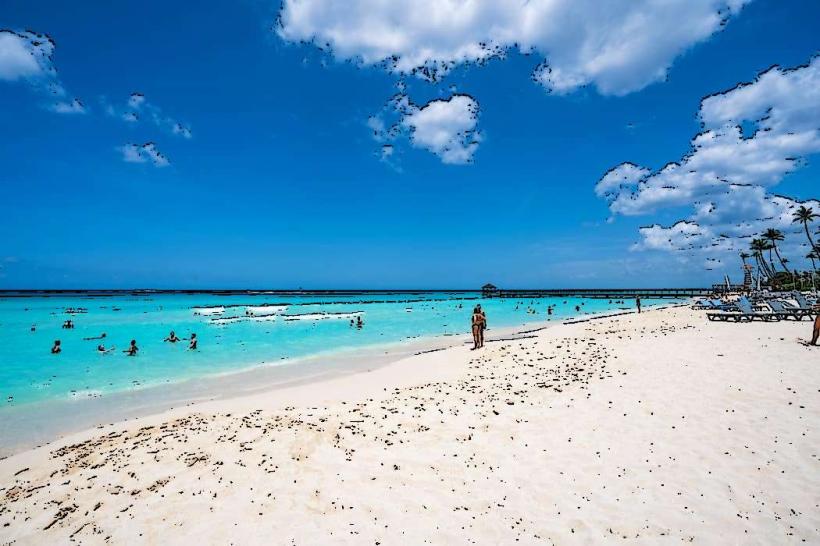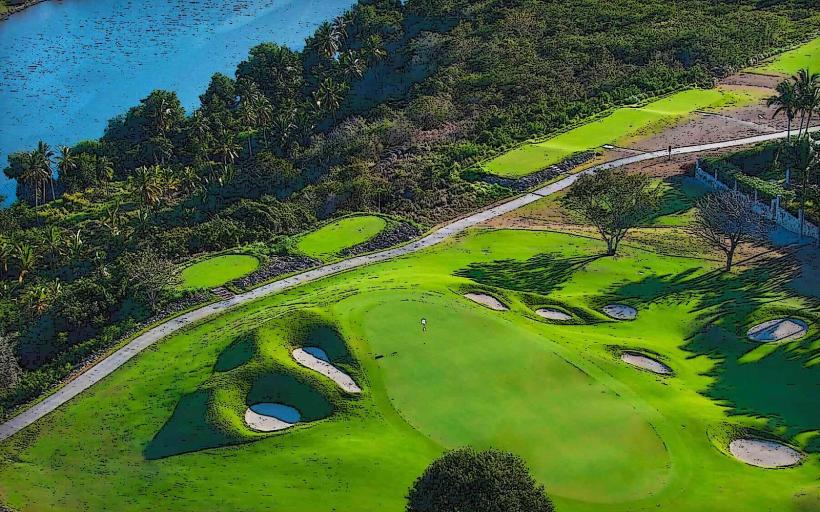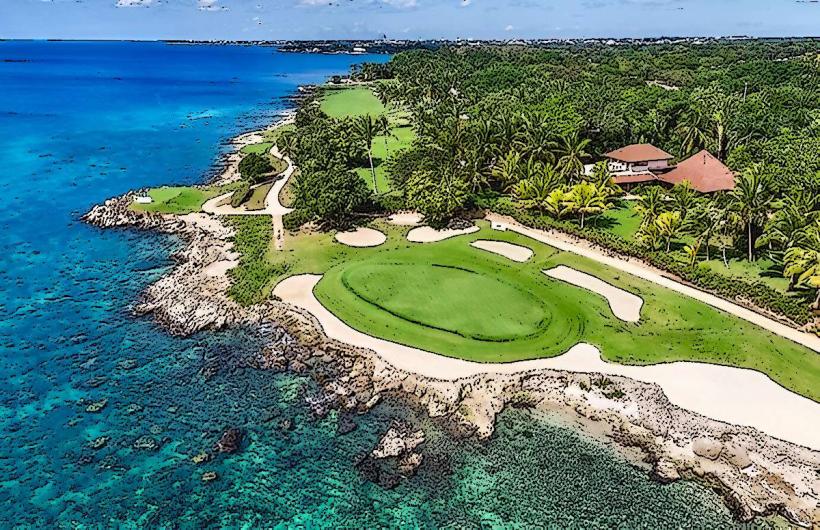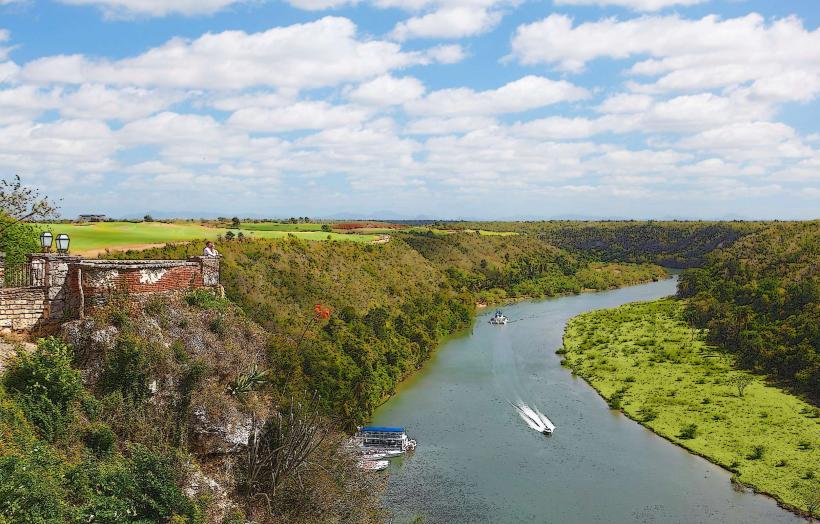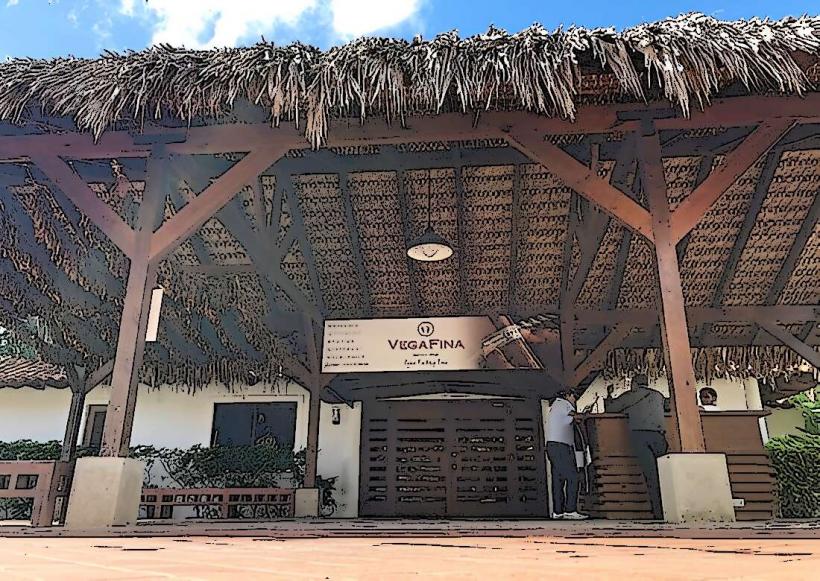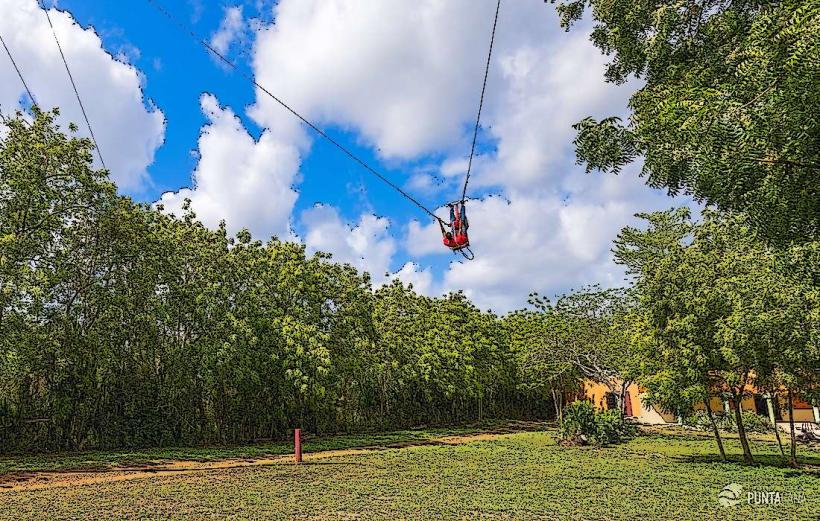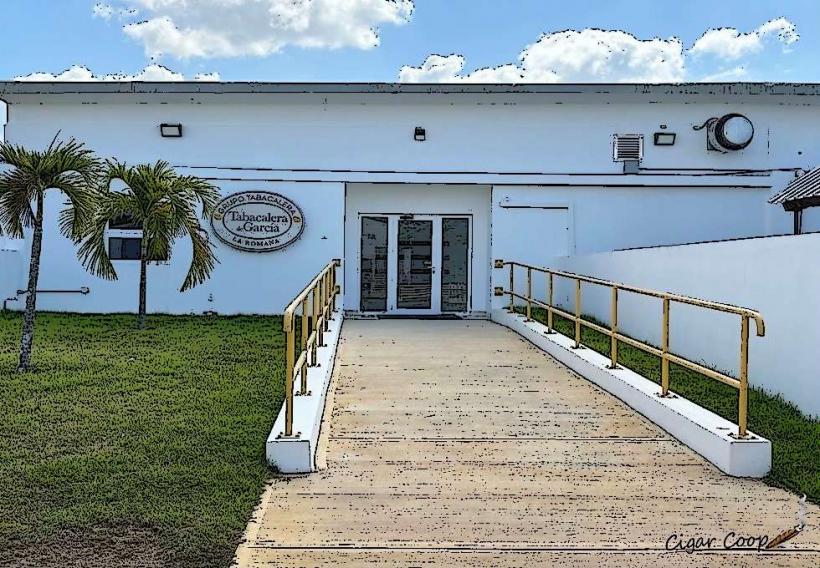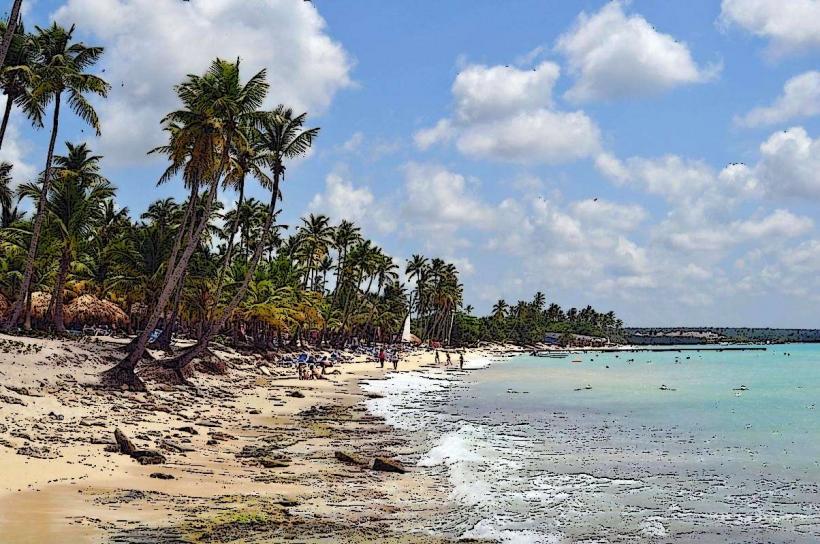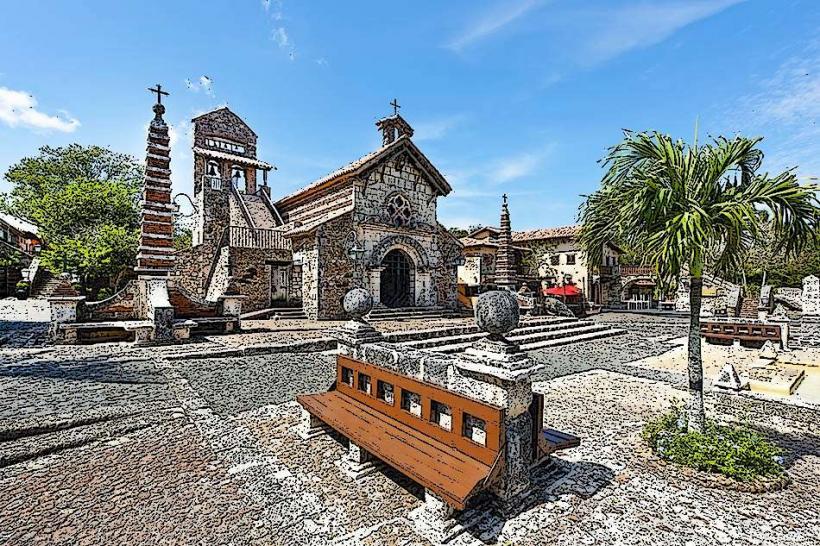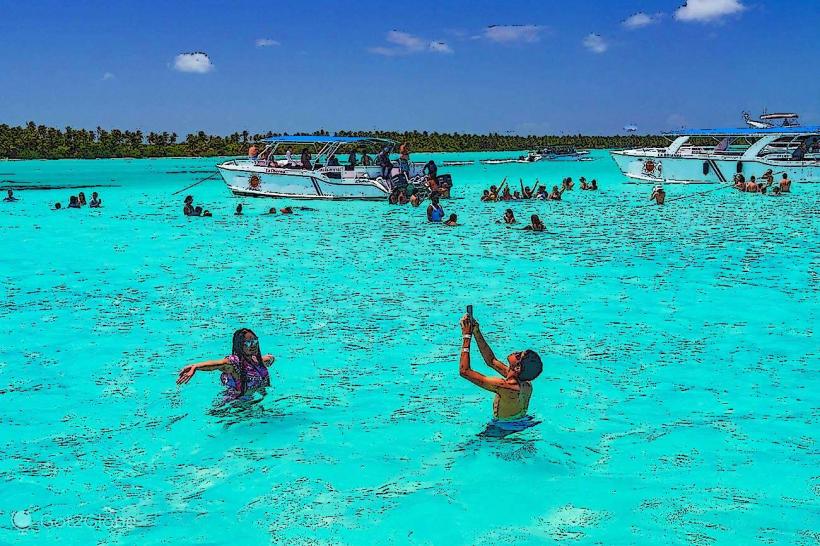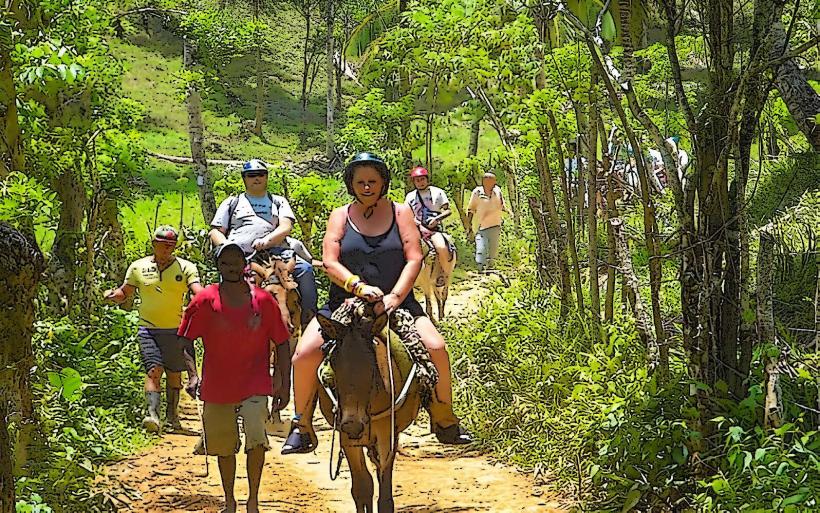Information
Landmark: Padre Nuestro Ecological TrailCity: La Romana
Country: Dominican Republic
Continent: North America
The Padre Nuestro Ecological Trail is a captivating destination for nature lovers and history enthusiasts, located near Bayahibe in the Dominican Republic's National Park of the East (Parque Nacional del Este). This trail offers visitors a chance to explore lush tropical forests, discover ancient Taíno caves, and learn about the unique flora and fauna of the region. It is an ideal activity for eco-tourists and those interested in the cultural heritage of the Dominican Republic.
Overview:
- Location: Near Bayahibe, inside the Cotubanamá National Park (formerly Parque Nacional del Este).
- Trail Length: Approximately 2 kilometers (1.2 miles) of well-marked paths.
- Difficulty Level: Easy to moderate, suitable for families and casual hikers.
- Time to Explore: About 1-2 hours.
Key Features:
1. Rich Biodiversity:
- The trail showcases a variety of native plants and trees, such as mahogany, guano palms, and tropical hardwoods.
- Wildlife sightings include iguanas, tropical birds, butterflies, and small mammals.
- Interpretive signs along the trail provide information about the flora and fauna.
2. Taíno Heritage:
- The trail is steeped in Taíno history, with access to caves containing ancient petroglyphs and carvings created by the island's indigenous people.
- These carvings provide insight into the spiritual and cultural practices of the Taíno civilization.
3. Cueva Padre Nuestro:
- A highlight of the trail is the Cueva Padre Nuestro, a limestone cave with a freshwater cenote inside.
- Visitors can admire the crystal-clear water and explore the fascinating geological formations, including stalactites and stalagmites.
- The cenote is of ecological and historical importance, as it was used by the Taíno for freshwater and rituals.
4. Educational Focus:
- The trail emphasizes environmental conservation and sustainable tourism, with an aim to protect the area's unique ecosystems and cultural treasures.
- Guided tours offer detailed insights into the local environment, history, and efforts to preserve the region.
Activities:
Hiking:
- Enjoy a leisurely walk through the tropical forest while taking in the natural beauty of the surroundings.
Cave Exploration:
- Explore Cueva Padre Nuestro and admire the cenote’s turquoise waters.
- Some tours allow snorkeling in the cenote, offering a close-up view of its underwater features.
Birdwatching:
- The trail is home to several bird species, making it a great spot for birdwatching enthusiasts.
Photography:
- The combination of lush greenery, dramatic cave interiors, and serene water offers fantastic photo opportunities.
Tips for Visitors:
What to Bring:
- Comfortable walking shoes or hiking boots.
- Lightweight clothing, sunscreen, insect repellent, and water.
- A flashlight or headlamp for exploring the cave.
Guided vs. Self-Guided:
- While the trail can be explored independently, a guided tour provides deeper insights into the area's ecology and history.
Respect the Environment:
- Avoid touching cave formations or leaving trash. The area is protected and conservation efforts are crucial.
Best Time to Visit:
- Mornings are ideal for cooler temperatures and better wildlife sightings.
Nearby Attractions:
Bayahibe Beach:
- A short drive from the trail, this beach offers relaxation and water activities.
Saona Island:
- Accessible from nearby Bayahibe, this pristine island is a popular destination for day trips.
Dominicus Beach:
- Another beautiful beach close to the trail, perfect for swimming and snorkeling.
Cueva de las Maravillas:
- Located near La Romana, this larger cave system also features Taíno petroglyphs and guided tours.
Conservation and Community Impact:
- The Padre Nuestro Ecological Trail was developed as part of a collaborative effort between local communities and conservation organizations.
- Revenue from tours and entrance fees supports local development and environmental protection initiatives.
Conclusion:
The Padre Nuestro Ecological Trail is a hidden gem that combines natural beauty, cultural heritage, and educational value. Whether you're interested in hiking, exploring caves, or learning about the Dominican Republic's indigenous history, this trail offers a unique and enriching experience. It’s a must-visit for anyone traveling to Bayahibe or the surrounding area.

